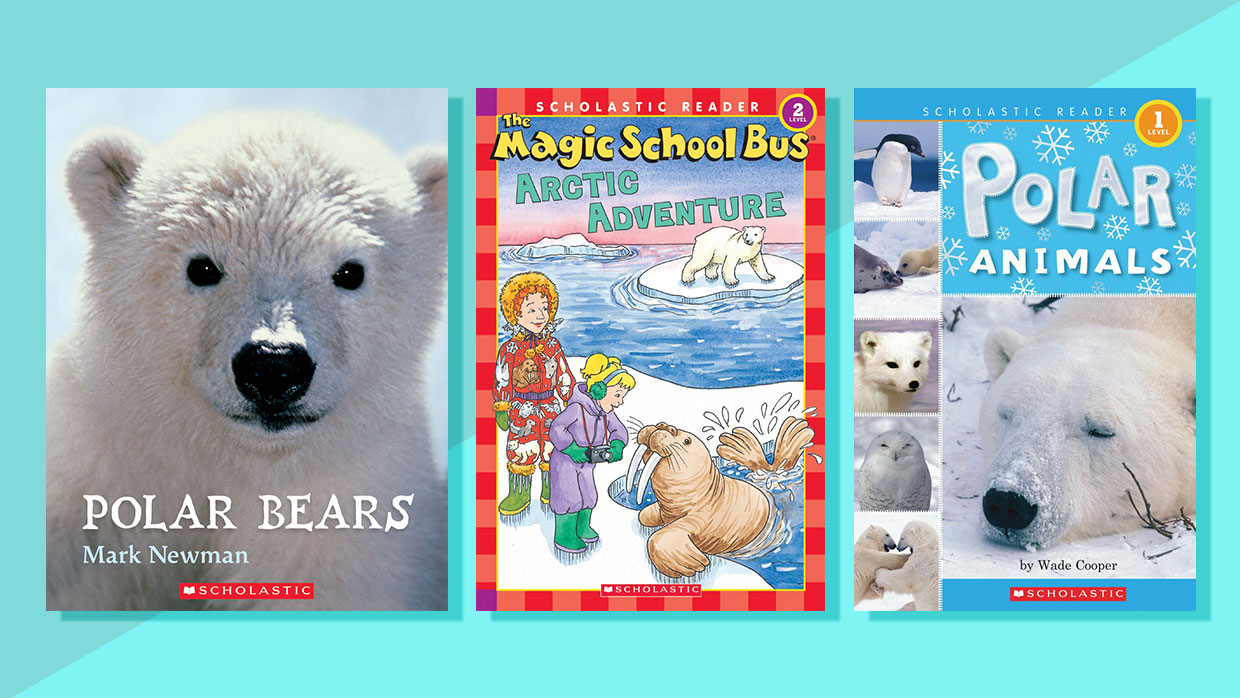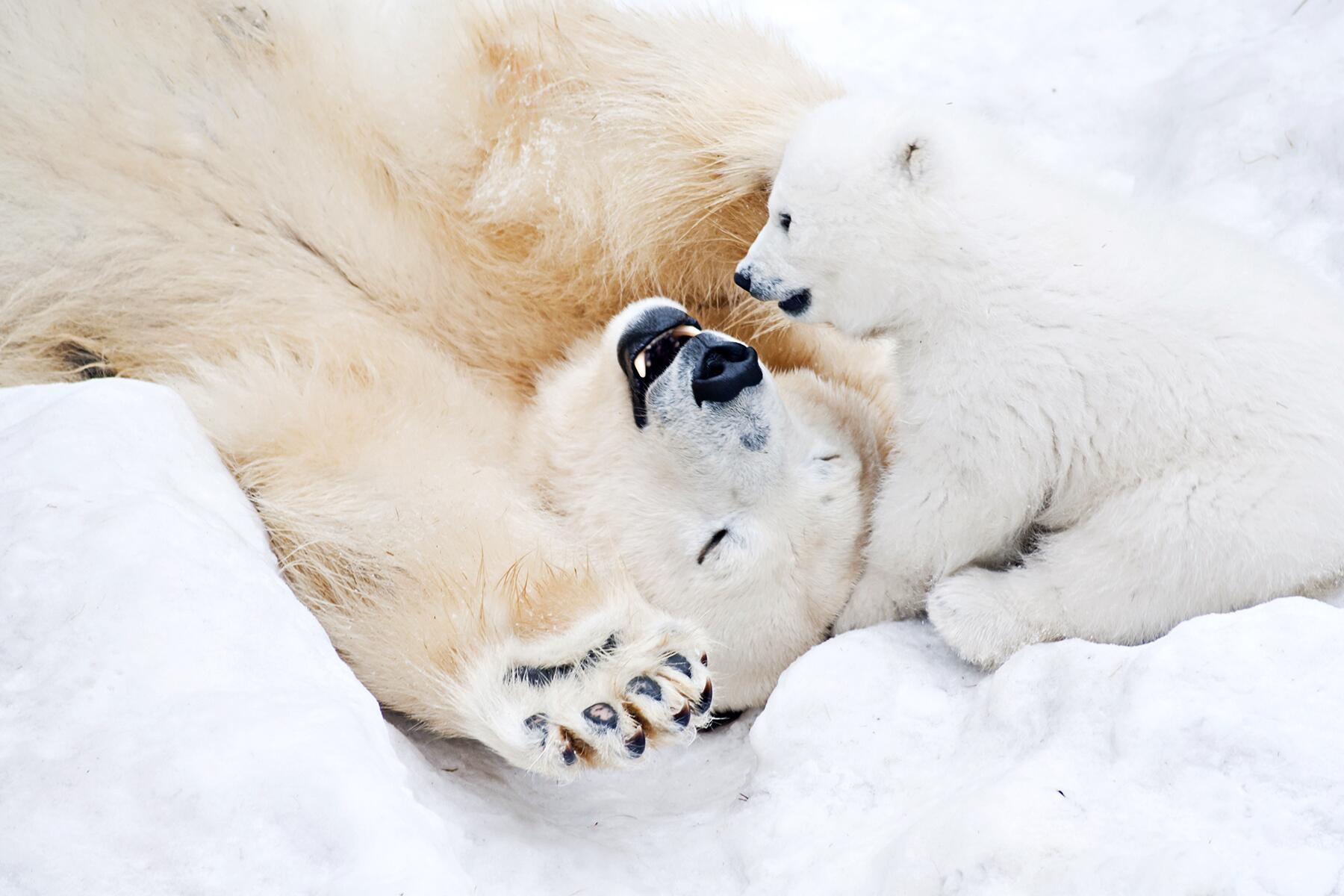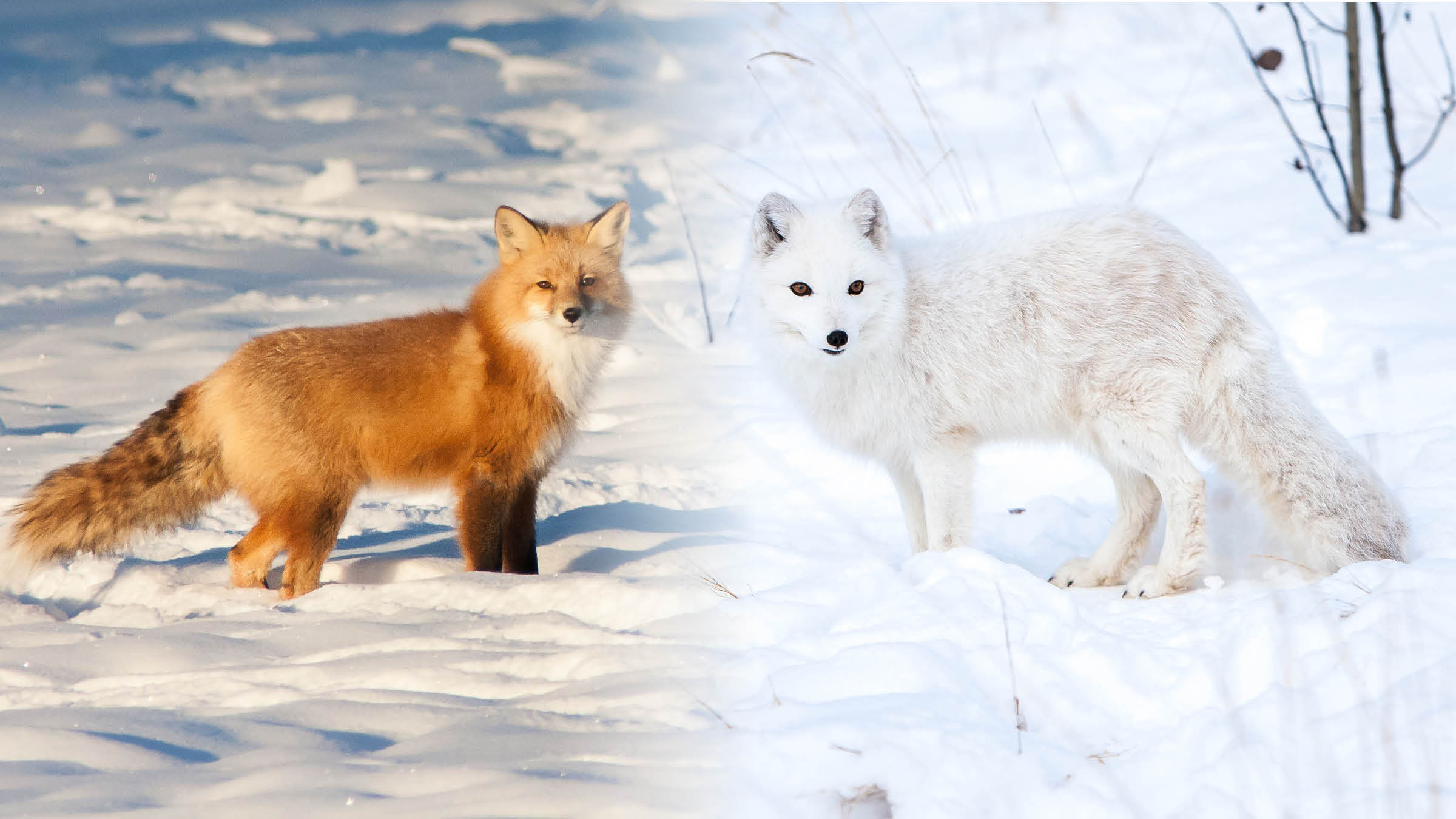Arctic Animals And Their Adaptations To Life On The Edge

The Arctic covers about 145 million sq km 55 million sq mi.
Arctic animals and their adaptations to life on the edge. How animals are adapted to live in the Arctic. Summers are still somewhat frozen though thanks to global warming increasingly less so but endlessly bright. According to Arctic World the average winter temperature in the Arctic is -40C -40F and trees dont exist here due to harsh winds.
The climate around us keeps on changing. We cannot guarantee that every books is in the library. Contains essays and photographs which focus primarily on the Canadian Inuit and their adaption to a harsh environment over the last 4500 years.
Animals including cariboureindeer polar bears and many species of fish and seals are also an essential part of the economy diet and culture for arctic peoples. Due to the ice coverage on the Arctic Ocean its animal inhabitants have adapted to be skilled both on ice and in open water. Low surface area to volume ratio anatomical - Compared to other species of bears polar bears have small extremities proportionally shorter legs and a stockier build.
Arctic ground squirrel - birds - whales - harp seal - walrus. This is especially important in case of the animals living in extreme climatic conditions who have to protect themselves against the extreme heat or cold. This temperature is slightly warmer than the freezing point for salt water and does not contain any ice crystals solids that would be harmful to a fish if swallowed.
The terrestrial Arctic animals discussed in this Review are the polar bear Ursus maritimus polar wolf Canis lupus Arctic fox Vulpes lagopus ermine Mustela ermina muskox Ovibos moschatus reindeercaribou Rangifer tarandus Arctic hare Lepus arcticus and lemming Dicrostonyx spLemmus sp. This is a common characteristic amongst animals that live in cold environments that enables them to retain their heat and conversely. And Their Adaptations To Life On The Edge Arnoldus Schytte Blix The Secular Saint.
The Beaufort and Chukchi Seas the Arctic waters north of Alaska are sometimes known as. The changes in the environment also directly lead to an increased number of polar bear mother and cub deaths. They may be the most defining image of the Arctic and have evolved over centuries to adapt to their Arctic domain.

















